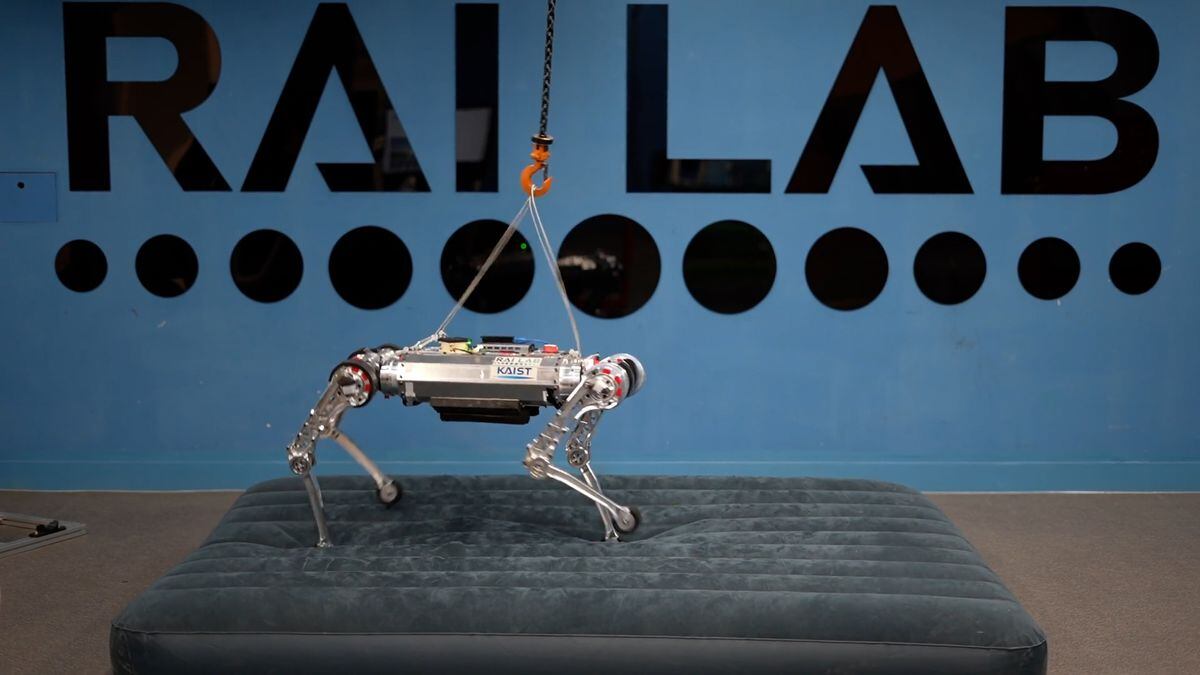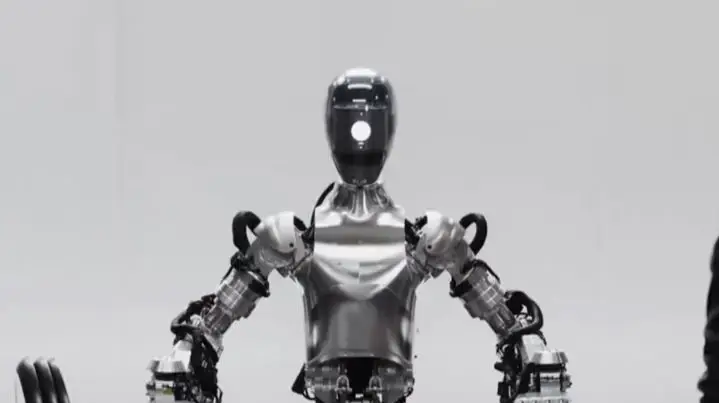The technology company 'Robotics & Artificial Intelligence Lab' has achieved that a quadruped robot can run on a sandy beach, a grassy field and a soft air mattress.
As can be seen in the video that accompanies this news, the system developed by the company combines force sensors, adaptive control and reinforced learning that allows robots to cross soft and deformable terrain.
In addition, it has an adaptive control architecture that can implicitly identify the properties of the terrain as the robot feels it.
The video shows how this quadruped robot, named Raibo, reaches a forward speed of 3.03 meters per second, although its feet are completely buried in the sand during the stance phase.
It weighs 27 kilograms and the length of its legs is about 0.5 meters.
It is designed for a dynamic and agile locomotion.
The Korea Institute of Science and Technology is responsible for this software system that allows the quadruped robot to adjust its gait and run on various soft surfaces, such as fields, beaches, air mattresses and a running track.
In recent years, researchers have made rapid progress in the structural design of quadruped robots.
But the latest walking and running robots still face a challenge: learning to navigate different types of terrain.
Current simulation-based reinforcement learning computer systems have not yet overcome this hurdle and do not incorporate elements that include adaptive strategies.
By processing the information, the computer program better conceptualizes the forces acting on the various terrains and synthesizes that data using an adaptive control strategy and additional reinforcement learning to steer the robot.
“Compared with previous controllers, our controller achieves a lower failure rate, higher top speed, and lower transportation cost,” the authors say.







